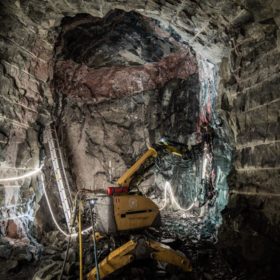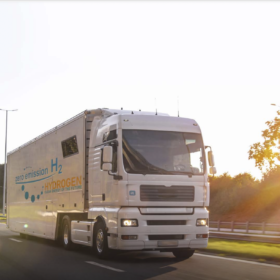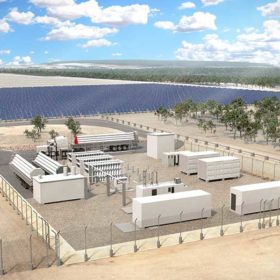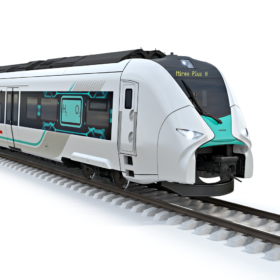New ‘adaptive’ trackers for tricky terrain to cut both project cost and land disturbances
Nextracker has today launched its new terrain-following, single-axis tracker built specifically for projects on sloped, uneven, and challenging sites. Nextracker believes its new NX Horizon-XTR line will be market-shaping, especially in countries like Australia where opposition to land disturbances of utility-scale solar is growing.
Tesla to supply Megapacks for 150MW/350MWh Riverina big battery
Following the early success of its solar integrated Gannawarra Energy Storage System, Edify Energy has again opted for Tesla Megapack as its preferred battery energy storage system for its combination of storage projects totalling 150MW/300MWh in the Riverina region of New South Wales.
Canadian Solar launches 420W rooftop solar module with 21.5% efficiency
The new product is part of the company’s HiKu6 series based on 182mm wafers. Its temperature coefficient is 0.34% and its electrical characteristics are claimed to be compatible with the most common photovoltaic inverters thanks to current values below 14A.
Rock cavern for green hydrogen storage takes shape in Sweden
Vattenfall, SSAB and LKAB have reached the halfway point in the construction of a rock cavern storage facility in a coastal city in northern Sweden. The 100-cubic-metre facility is being constructed 30 metre below ground and will begin storing green hydrogen next year.
Australia’s first hydrogen-fuelled garbage trucks to hit Queensland streets this year
Pure Hydrogen has entered into a partnership with Australia’s largest privately-owned waste management company, JJ Waste & Recycling, to build what it claims will be the country’s first ever hydrogen fuelled garbage truck.
Work on Queensland’s ‘truly green’ government-owned hydrogen plant to start in six months
Construction of the Kogan Renewable Hydrogen Demonstration Plant in Queensland’s Western Downs region is expected to start by September, with government-owned CS Energy, the plant’s operator, having finalised the EPC contract with IHI Engineering Australia to construct the project.
New Zealand opens $9 million in funding for renewable projects for Māori housing
New Zealand’s federal government has opened the final funding round in its NZ$14 million (AU$13 million) Māori Housing Renewable Energy Fund, open to small and larger-scale projects.
Sydney port to provide 100% renewable power to docked ships
Sydney’s Bay Port will soon be offering 100% renewably sourced power to docked ships, a world first for a dry-bulk precinct and the first in the Southern Hemisphere for a cruise terminal.
Could Russia’s actions in Ukraine accelerate renewables investment?
Given the goings-on in the world this last quarter, Mike Jefferies, Investment Manager at Octopus Investments Australia, takes a look at the current macroeconomic environment, how this is tied to energy markets, the impacts Russia’s invasion of Ukraine has had on that energy market, what this could mean for Australia and how renewables could help address these issues.
Hydrogen-powered trains for the German network
Elsewhere, the Danish government announced a plan to deploy up to 6 GW of electrolyser capacity by 2030 and Germany and Norway agreed to conduct a feasibility study on large-scale hydrogen transport, including via pipeline.














